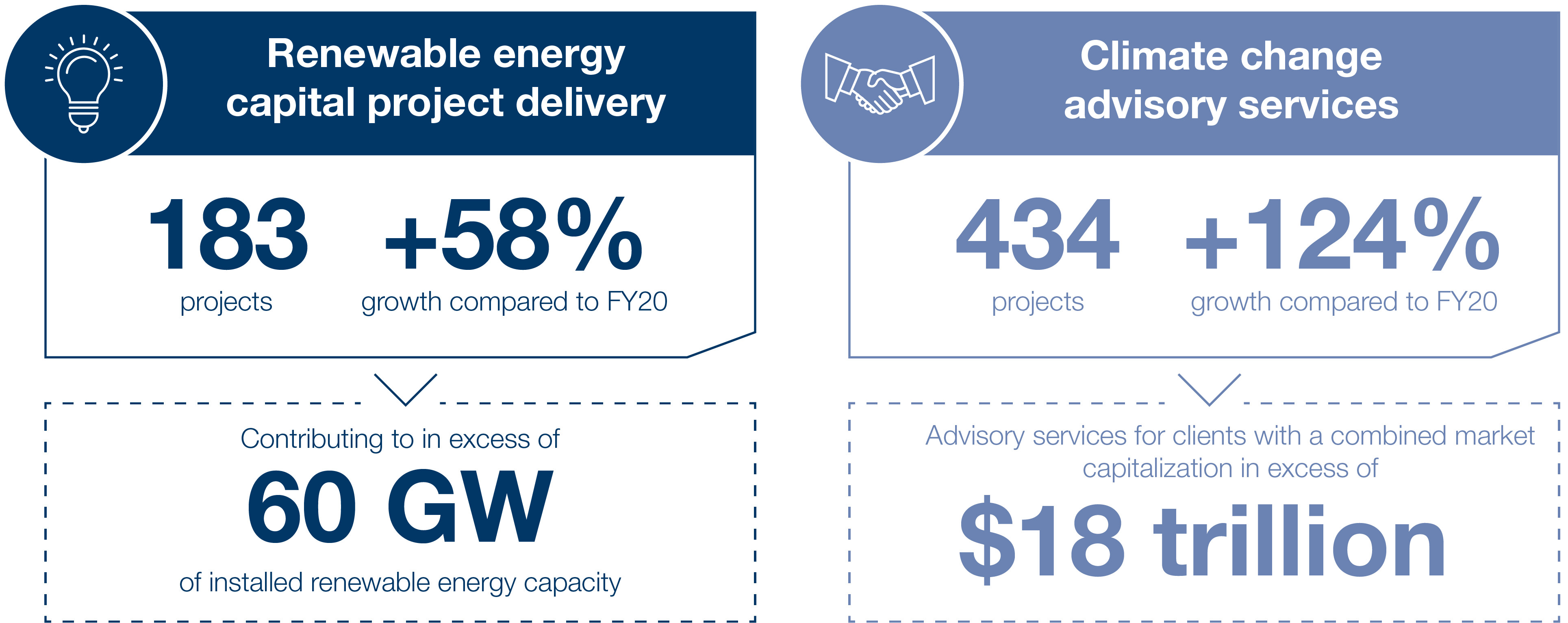Photo credit: Robert Keyter, Canada
ERM’s greatest impact is through the work we do with our clients.
This year we have taken further steps to more effectively quantify this impact, recognizing that as a consulting firm, our role is part of a larger client program or project. We have been looking at the question of quantifying project outcomes for some years and have identified a subset of our work to pilot a methodology, acknowledging the complexities of measuring impact – particularly for professional services firms. The challenge of measuring impact is daunting.
16,000+ projects each year, varying in size, scope and duration
$10,000 to $71 million+
budgets
Across more than 154
countries and territories
Lasting from several weeks
to multiple years in duration
Understanding the positive and negative impacts of our work, and the potential direct and indirect impacts, is extremely complex given the variations in the work we do for clients. We work with organizations in nearly every major sector. Our projects range in complexity from working for a single organization through to consortia with multiple parties. Project scopes address a broad range of SDGs and targets, from ending poverty (SDG 1) to partnerships for the goals (SDG 17) and everything in between. We also acknowledge the difficulties of attribution and additionality of our role when advising clients, who ultimately make project decisions.
Methodology in FY21
Using our three market drivers (low carbon economy transition, ESG and sustainable finance, and business resilience) as a framework, this year we started to look in more detail at the projects ERM worked on during FY21 that contributed to the transition to a lower carbon economy. For each project, we have tracked the inputs and the outputs.

In the year ahead, we will establish a process to track project outcomes relating to how much carbon dioxide has been abated or avoided as a result of the projects. This methodology focuses on the positive outcomes of projects, and we have not yet undertaken an equivalent exercise to quantify any potential negative impacts of projects. This is something we are starting to look at in more detail as part of our approach to net-zero and our TCFD disclosure.
Next steps
The process we have been through during FY21 was a pilot. The next stage in our efforts will include improving our data collection methods through the use of technology, engaging our clients in these efforts and contributing to wider industry efforts on impact measurement.
The highlights below exemplify some of the ways in which ERM is making a positive sustainability contribution through our work with clients.
